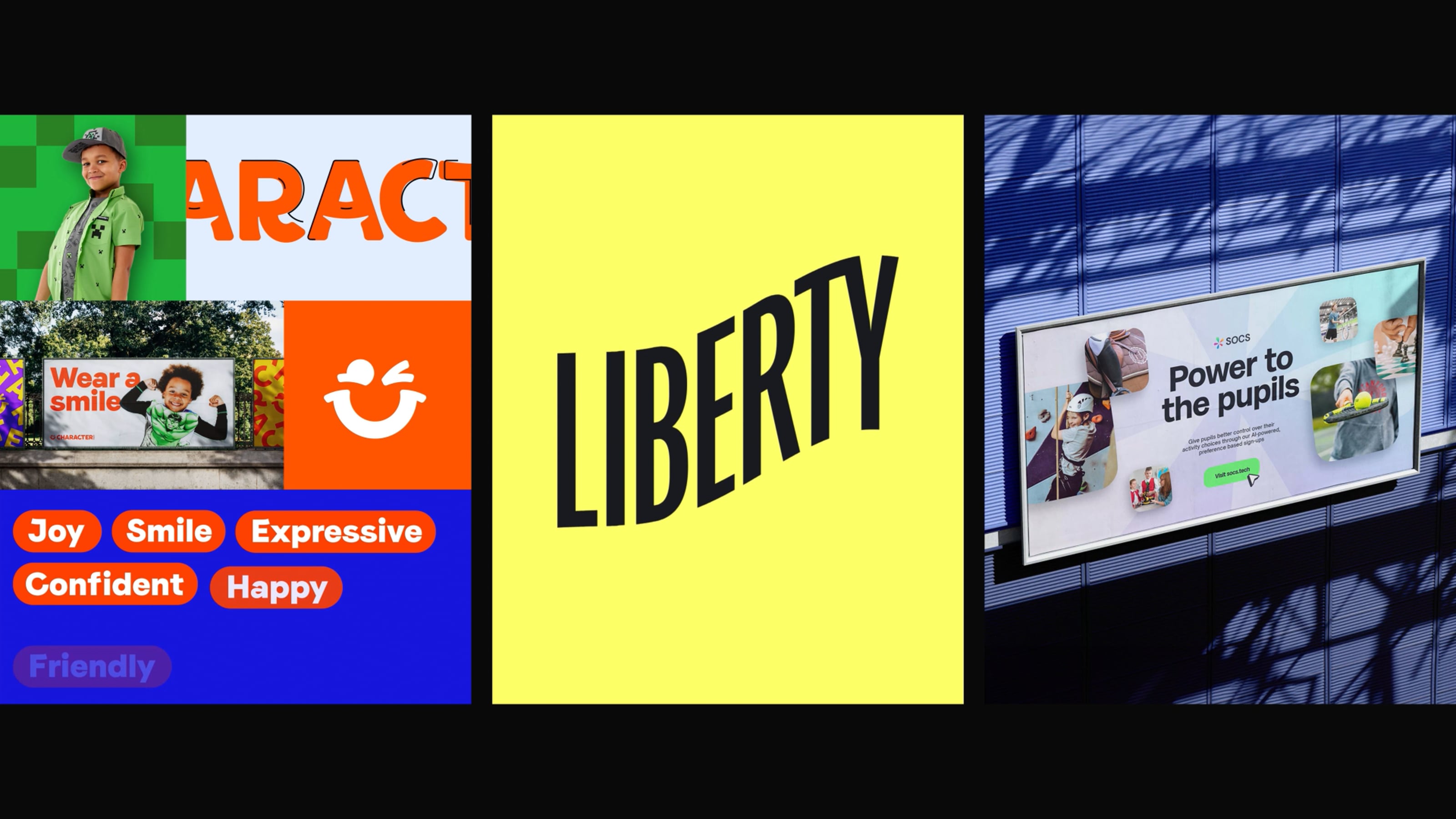What is it?
Canva is browser-based graphic design software. It’s very user-friendly and can be used for a multitude of business and marketing purposes. There are templates for social media tiles, business cards, presentations, posters, brochures, mugs(!). You name it. Basically, if you’re in need of some form of design for marketing purposes, Canva’s got something ‘off the shelf’ for you.

It’s a freemium software, so you use it for free but can then upgrade for better features. Canva Pro, like most other freemium resources, really parades its premium features around in front of you to show you what you’re missing. (See all the little crown icons?!) But, that upper level offers better tools and assets for achieving and maintaining brand consistency across your designs. Things like pre-set custom brand colours, secondary palettes and fonts.
Also, because you have access to a much bigger media library with Canva Pro, you’re also less likely to end up with designs that look generically “Canva-esque”.
How are people using it?
It’s a popular tool, with over 2 billion designs having been made on the platform. In 2019, Canva ranked #97 in the top 100 global internet engagement by Amazon Alexa. 133 pieces of content are uploaded every second from users all across the globe, of which 55% use Canva in a language other than English.
These figures begin to give us an idea of just how user-friendly and functional it is - clearly Canva is doing something right.
Sounds great - but, what do our designers think of Canva?
For those who can’t justify expensive design software like Illustrator or Photoshop (and wouldn’t feel confident using it even if they did) Canva is great for tending to basic design needs. That said, my advice would be to not solely rely on it. Professional designers can provide unique and personalised work, specific to businesses' needs to help them showcase their individuality.
Also, because Canva is so accessible, it does run the risk of giving you designs that look similar to other brands.
It wouldn’t be cost effective to pay a designer or branding agency every time you want to post something on social media! This is where templates are great.
The best of both worlds - collaborating with professional designers for something bespoke that follows your brand guidelines.
Some examples of when we’ve done this
We’ve created fool-proof templates in Canva for our clients. It’s been really effective, especially for things like announcements, awards and brand testimonials. Clients then have a bank of designs that can be repurposed for different things - often just by changing the text or an image. We can do this for anything; Instagram, LinkedIn, banners etc. Sharing content can be a lot less daunting using this sort of hybrid approach. And more time and cost effective for them. It’s a win win really.
We used this exact process for Working Wardrobe.

Making the most of Canva
I would recommend investing in a Pro account to get the most out of the platform, allowing access to additional resources and flexibility within your design. Know your brand and have your assets at the ready.
As proven with client work, the more we were able to provide with brand kits and style guides the more effective outcomes could be for sharing content. This means your colour palette and hex codes, graphics, imagery, typography, font and of course the copy! Showcase what is different about your brand and why it stands out from the crowd.
A bit of hand-holding from designers
Really speaking, either of the above would be the ideal setup. A bit of hand-holding can go a long way. That way you get the best of both worlds; autonomy and freedom over your own creative AND the nod of approval from a qualified designer.
Need help with design for digital marketing? We’d love to talk!

